
Natural open woodland at high elevations has been regenerating for decades in Norway, while in similar conditions in Scotland it's almost entirely extinct. But with help, Scotland's montane birch woods could be brought back to life, says Dr. Duncan Halley, a wildlife biologist at the Norwegian Institute for Nature Research - and with them would come climate benefits, and a natural and scenic diversity currently in short supply on Scotland's deer-ravaged moors.
Small but significant efforts are being made to revitalise Scotland's lost mountain woodland. The first step is recording remaining trees found at elevation - and here's where walkers and climbers can help. You can report birch sightings to The Mountain Birch Project.
As I write, it's autumn, and hiking is a joy in the crisp, cool air. The glensides have splashes of colour among the pines as the birch and aspen start to turn; and above where the pines gradually give out at about 650m, the birch belt is a glorious dappled slash of yellow, fading gradually into the greens and purples of the alpine zone. Above 650m? Birch belt? We're in Scottish climate and geology, but not in Scotland – we're in Southwest Norway, where the natural succession of vegetation types to a natural treeline fadeout has come roaring back in the last century.
Southwest Norway and the Scottish Highlands are closely similar in all the climatic and geological factors which affect plant growth (on the whole SW Norway is slightly windier; and parts of it are even wetter) – but strikingly different in modern land cover.
Walkers used to Britain's dense plantation forestry sometimes worry that new woodlands will be uninteresting. But the birch belt is a joy to hike in
This isn't a result of differing natural processes, it's a result of different landscape histories. In the case of the birch belt, the loss has been so complete, for so long, that many are unaware that it was ever there, covering hundreds of square kilometres of the Highlands and Southern Uplands between about 650 and 900m (the upper and lower limits of course varying in accordance with the local climate).
The story goes back a long way – all the way to the Neolithic. Farming and pastoralism arrived in both Scotland and SW Norway at about the same time; and all the way through to the mid-18th century, changes in technologies and in land use patterns occurred at about the same times, producing similar effects on the landscape. In both areas coastal woodland, except for a few carefully protected remnants, all but disappeared, leaving a wholly open landscape. Further inland (in Scotland, places like Abernethy or Glen Affric) more woodland survived, but deforested rough grazing areas still predominated. The open woodlands of the 'birch belt' at higher elevations were especially vulnerable to the effects of heavy grazing – in both areas there was an age-old practice of seasonal grazing at summer farms ('shielings' in the Highlands, 'seters' in SW Norway), mainly at birch belt elevations. By the 18th century the original birch belt woodlands were long gone.
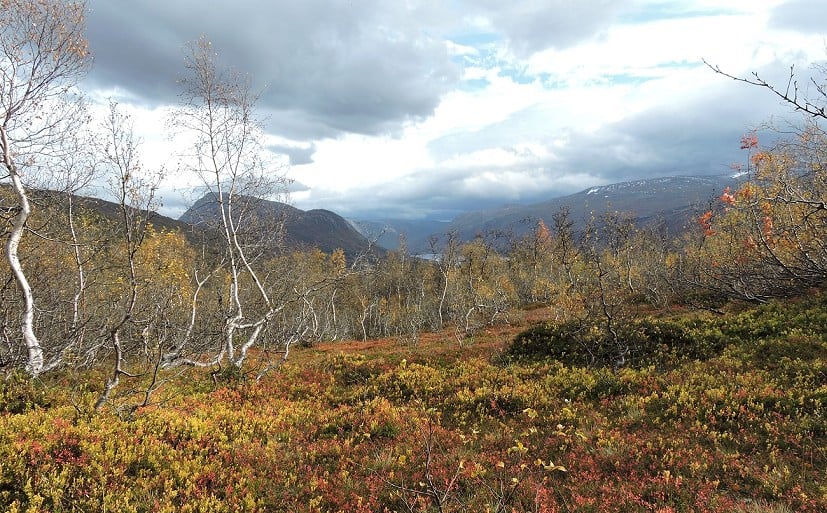
From the mid-18th century, the land uses of the Highlands and SW Norway radically diverged. In SW Norway the old ways lasted another century. In the Highlands, subsistence pastoralism was replaced by commercial sheep ranching, for cash incomes mostly spent elsewhere.
There is every reason to re-establish areas of the birch belt and its open woodland mosaics in Scotland – scenic, environmental, economic, climatic
Later, as the enormous sheep herds exhausted the natural 'capital' of many areas, much of the Highlands was turned over to elite sport hunting, and consumed rather than generated cash. But grazing pressures remained very high on ground now given over to deer. On the new grouse moors (driven grouse shooting was a late Victorian development, of the 1880s-90s – and to the old money of the time an unsporting, parvenu abomination - 'poulterer's work at best', to quote an establishment hunter of the day!), frequent rotational burning became a dominant management practice. While done to increase grouse densities in the short term, it also effectually prevents regeneration of woodland.
Norway lacked the social base for similar developments, as by the 18th century it had become a land of owner-occupier small farmers and the landless labourers who worked for them. Social changes starting in the late 19th century, but gaining greater force after the 2nd World War, caused large declines in grazing by domestic stock. Woodland began to recolonize at all elevations, and in recent decades has been roaring back. A large element in this has been the reemergence of the 'birch belt' in SW Norway.
Now that parts of the Highlands have finally got grazing pressures down to more natural levels, it is starting to happen in Scotland as well. Early days yet, of course; but in places like Glenmore, Glen Feshie, and Mar Lodge, trees are starting to spring up as high as 900m, to the limits one would expect from the levels reached in similar climates everywhere else. To the experienced eye what will happen next is already apparent; and in another ten years or so it will start to be visible to everyone.
But most of these high trees are pines, not birch (or aspen, bird cherry, montane willows etc – with rowan, the other common elements of 'birch belt' woodland, though birch almost always is much the commonest species).
The cover and its soils are a much more effective 'sponge' for rainfall, reducing flood and erosion risk
This is because birch at these elevations is more or less extinct, and the form of birch that grows there is different from low ground forms. It's the same species, downy birch Betula pubescens, and the higher level forms are fully interfertile with lower ground types; but there is something about their genetic material that allows them to grow at these higher elevations, when lower ground birches of the same species cannot. There are many intermediates at intermediate elevations, but the full montane form is short, 4m maximum and often only 1-2m – shorter still at the upper fringes; bushy in form; and often with twisting branches and twigs.
It's not hard to see why birch at 'birch belt' elevations are virtually extinct in Scotland today. While montane birch are amazingly robust to anything, except heavy grazing, birch only live to be 70-80 years or so, and their seeds are spread by the wind. Their survival has depended on growing somewhere inaccessible to grazers (and sheep, goats, and deer are all very good at getting on to all but the most difficult of cliff ledges) - and for any seed produced to then fall randomly on another similarly inaccessible place, for generation after generation. Any remaining trees were individuals or very small groups, so cross-pollination would have been rare, leading to 'inbreeding depression' and the random loss of much of the original genetic diversity through 'genetic drift'. Montane willows, an element of the belt - especially in higher areas of snow-lie that protect them from severe frosts - have persisted relatively better, and a few small patches on cliff ledges remain. They can reproduce 'vegetatively', and so persist for centuries on ledges inaccessible to grazers, without having to rely on seed germination.
This is important for several reasons. It means that without help, the former high level open birch woodlands will probably never redevelop. That would mean Scotland missing a significant part of its natural and scenic diversity, and the carbon-sinking that growth of the trees, and the development of the soil under them (typically storing much more carbon than the trees themselves) causes.
It means that the rich associated wildlife – and the difference from your average moorland at 650-900m is huge, this is not at all a subtle or marginal effect – will remain lost. Instead of the few plant species of the original understory which can survive the exposure, the heavy repeated grazing, and the impoverished soils, and which constitute higher level Scottish moorland, the birch belt hosts a much more diverse (and for herbivores much more nutritious) ground layer. On two separate occasions in the last ten years or so when I've been in the birch belt with botanist colleagues from Scotland and Norway, a Scot has said 'it's amazingly rich here'; and a Norwegian replied 'no, this is pretty poor'. Both were right – on the average of the places they were used to.
In spring the birch belt is alive with birdsong; many of the common species are rare and declining (like ring ouzels), or extinct, in Scotland, but can be expected to revive or recolonize if their real main habitat were available again. These include the spectacular bluethroat, the 'meadow pipit' of the habitat in abundance. It's also the main natural habitat for red grouse - the form of the species found in Norway is known as the 'willow grouse' because the species' natural food includes montane willow buds, part of the birch belt mosaic, as an important element, as well as heather and other plants common in the birch belt ground layer.
The birch belt has diverse economic uses – sheep and cattle are still grazed at moderate levels, and benefit from the better quality of the ground layer and from the shelter the birch belt provides. So too do red deer, which are very much larger and heavier than Scottish red deer - and we know this is not for genetic reasons (see here). They are hunted in the birch belt as well as lower woodlands, and the birch belt is the main place for grouse hunting (always walk-up in Norway). Fuelwood is collected, and berries and mushrooms – both Norwegian passions – harvested in season. The cover and its soils are a much more effective 'sponge' for rainfall, reducing flood and erosion risk lower down and supplying groundwater to rivers in times of drought. They even perform the function of, and form a better looking and softer, margin to ski runs compared to the ugly and dangerous 'snow fences' at places like Cairngorm or the Lecht; and they help conceal the access road scars in summer.
So there is every reason to re-establish areas of the birch belt and its open woodland mosaics in Scotland – scenic, environmental, economic, climatic. There are also safety aspects – the trees reduce wind exposure greatly inside the belt as a whole, and individual bushes provide even stronger direct shelter in their lee. Caught by bad weather high up, everyone in Norway knows the first thing to do, if you can, is to get down into the belt.
We hope that with a bit of effort at least a patch of the birch belt may be back in Scotland within a decade or so
The difficulty right now is the seed source, generally lacking even where grazing pressures are now sufficiently normal to permit re-establishment. There are very few trees left at birch belt elevations, scattered far from one another, and inbreeding and genetic 'bottlenecking' are likely. But something can be done: an effort to find and register remaining birch (and other trees) at these elevations was launched earlier this year, and combined with efforts by organisations like Cairngorms National Park and the National Trust for Scotland has already produced interesting new finds. If readers know of any more examples, please let us know at The Mountain Birch Project.
Seeds from many of these trees have now been collected and will be grown on. If even a few hectares can initially be re-established (which will also put the isolated flecks of genetic material 'back in touch' through cross pollination), these should soon produce as much seed as needed to kick start regeneration through planting even on a landscape-scale – a single birch catkin contains about 300 seeds.
Hikers used to dense plantation forestry on the British pattern sometimes worry that new woodlands will be hard, or uninteresting, walking terrain. But as a 28 year veteran of hiking in Norway, I can report that the birch belt is a joy to hike in. At higher elevations the bushes top out below head height; lower there is very rarely a closed canopy. It is a mosaic of open woodland associations, easy to walk through, and with good footing in the soils built up from the leaf fall and held down by the roots, contrasting strongly with the often loose, boggy or eroded footing found at those levels in Scotland. On the downhill, it's easier on the knees! It is even capable of colonising, stabilizing, and submerging in new soils the open screes that developed through erosion in the period of deforestation. The SW Norwegian screes at birch belt elevations (and lower) are now returning to woodland at a rapid rate, with knock-on advantages for preventing erosion and landslides, supporting wildlife, and safety when moving through them.
Birch belt trees, although never tall because of the climate, can grow quite quickly – 30cm a year in ideal conditions. So we can hope that with a bit of effort at least a patch of the birch belt may be back in Scotland within a decade or so, and that walkers and others will be able to enjoy its many and varied benefits.
For more on montane woodland regeneration in Scotland see:


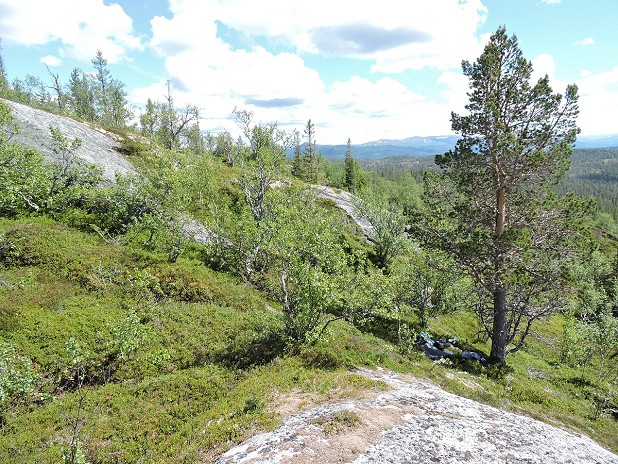
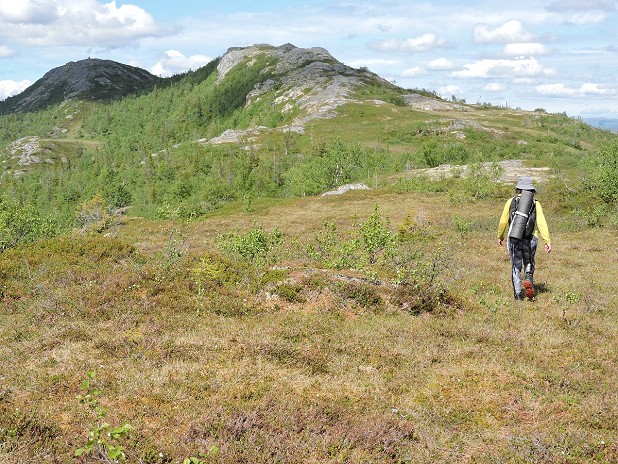
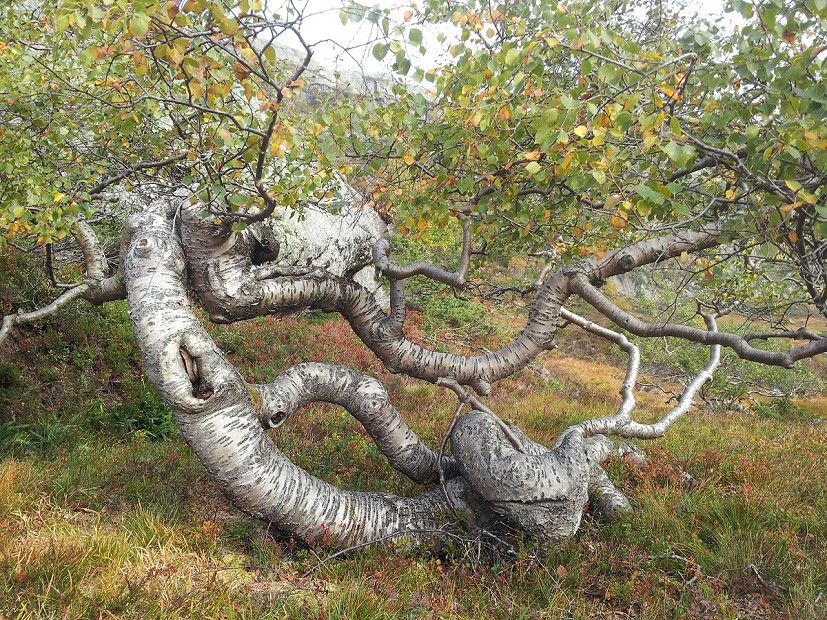
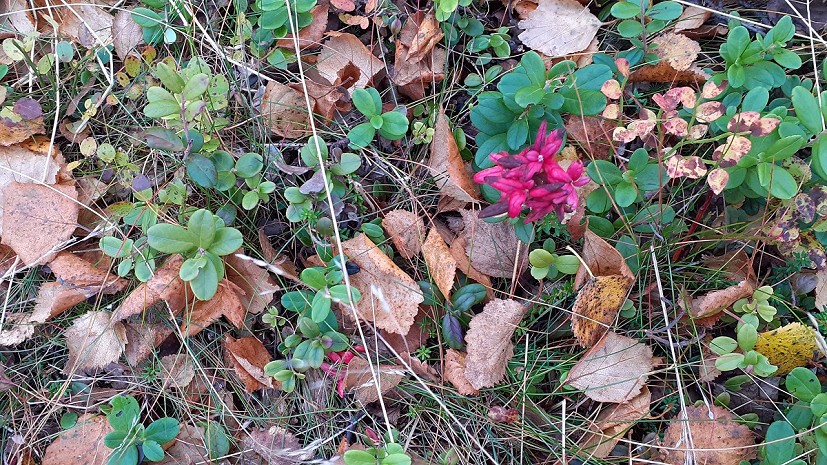
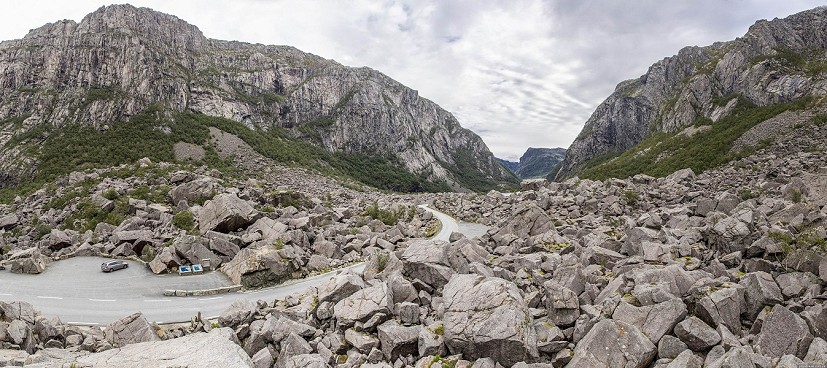
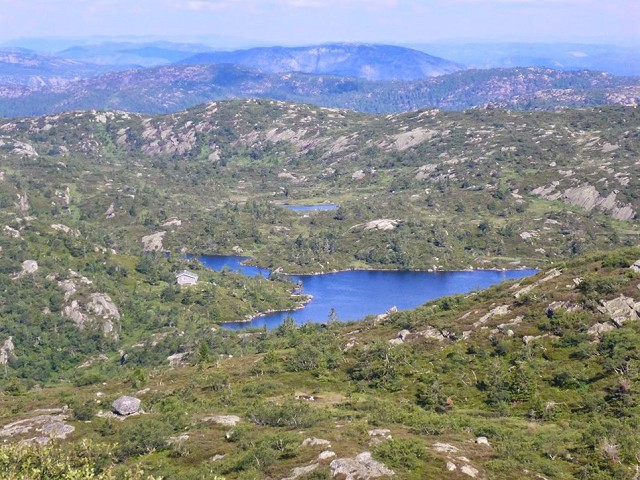







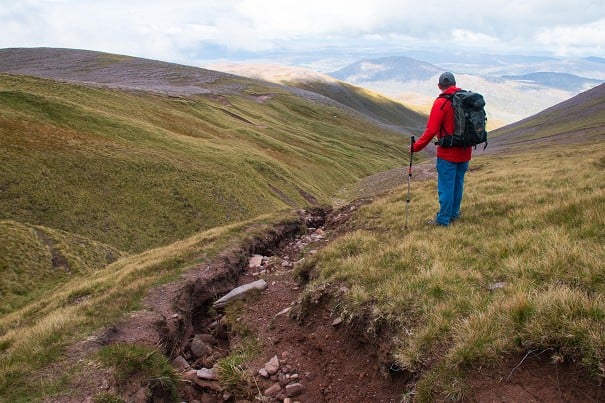
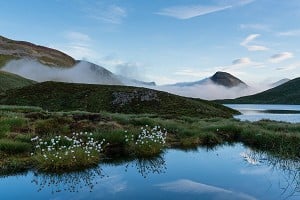
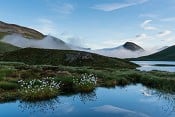


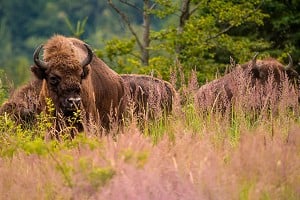


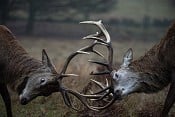
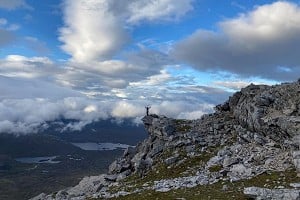
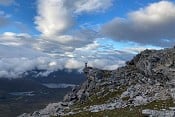
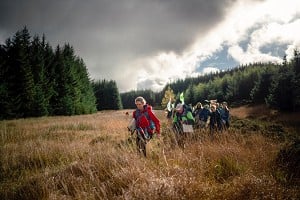
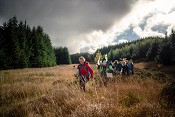
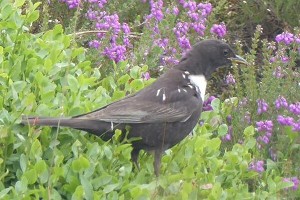
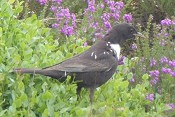
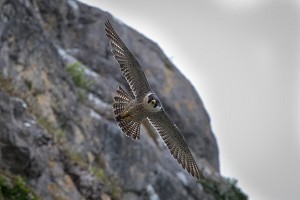





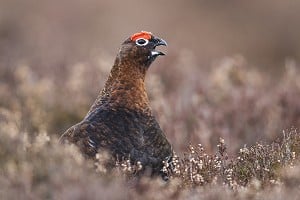
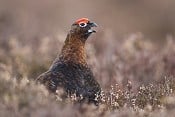
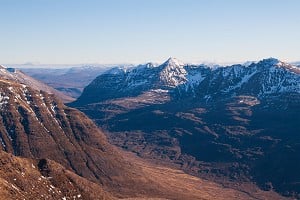
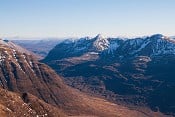
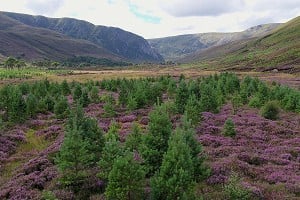

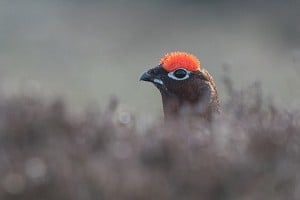
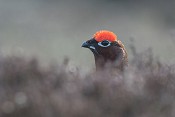


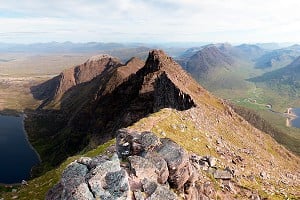

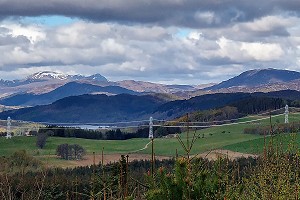
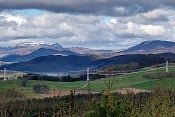

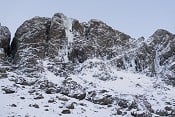
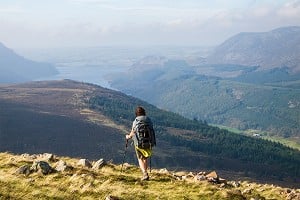

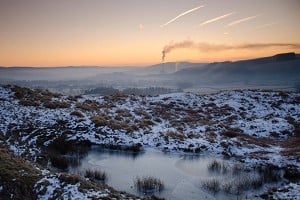
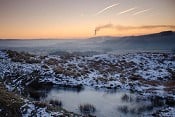
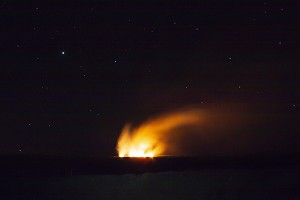


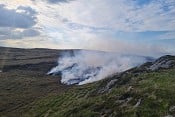
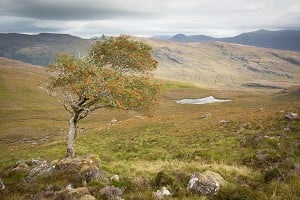
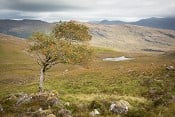

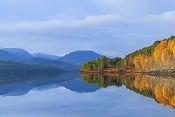
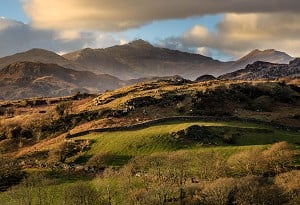
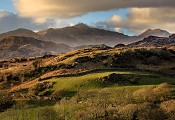
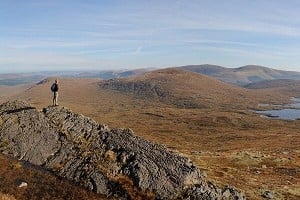
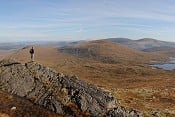


Comments
Good to see Duncan Halley's ideas get wider exposure but I'm surprised he doesn't mention Creag Meagaidh where the birchwoods have been re-establishing themselves since the mid 1980s or Morrone birkwoods near Braemar which is very like parts of Norway or Sweden.
Dave McLeod has an interesting discussion with Andy Wightman on this topic in his video about his E8 in Glen Nevis:
https://www.youtube.com/watch?v=f4XyNWxjFp8
I would love to see compulsory purchases of all the grouse Moors for reforesting. It seems madness that there can be deliberate destruction of staggeringly huge tracts of natural habitats and native species just to allow a tiny minority of aristocrats and emirates a hobby. Given most of the land in Scotland was literally stolen by enclosure anyway it would only be undoing the damage.
They had an item on the BBC news last night about rewilding in Scotland.
I have just finished 'Regeneration' a book about how the Marr estate is benefitting from less deer grazing. The main message I thought was that nature can recover remarkably quickly given half a chance.
The transformation of Glen Feshie into beautiful mixed woodland in a short time is extraordinary.